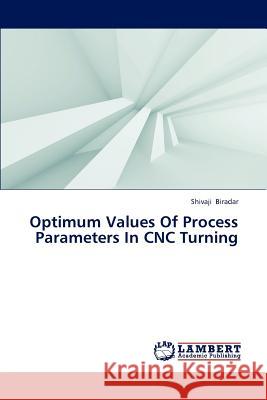Optimum Values Of Process Parameters In CNC Turning » książka
Optimum Values Of Process Parameters In CNC Turning
ISBN-13: 9783659315770 / Angielski / Miękka / 2012 / 76 str.
Modern manufacturers, seeking to remain competitive in the market, rely on their manufacturing engineers and production personnel to quickly and effectively set up manufacturing process for new products. Taguchi Parameter design is a powerful and efficient method for optimizing quality and performance output of manufacturing processes, thus a powerful tool for meeting this challenge. This book discusses an investigation into the use of Taguchi Parameter Design for optimizing Material removal rate and surface roughness generated by a Computer Numerical Controller (CNC) lathe. Control parameters being consider in this book are cutting speed, feed rate and depth of cut. After experimentally turning sample work piece using the selected orthogonal array and the parameters, this study expected produce an optimum combination of controlled parameter for the surface roughness. And from the result generated, the correlation for Material removal rate and surface roughness with the cutting parameters satisfies a reasonable degree of approximation.
Modern manufacturers, seeking to remain competitive in the market, rely on their manufacturing engineers and production personnel to quickly and effectively set up manufacturing process for new products. Taguchi Parameter design is a powerful and efficient method for optimizing quality and performance output of manufacturing processes, thus a powerful tool for meeting this challenge. This book discusses an investigation into the use of Taguchi Parameter Design for optimizing Material removal rate and surface roughness generated by a Computer Numerical Controller (CNC) lathe. Control parameters being consider in this book are cutting speed, feed rate and depth of cut. After experimentally turning sample work piece using the selected orthogonal array and the parameters, this study expected produce an optimum combination of controlled parameter for the surface roughness. And from the result generated, the correlation for Material removal rate and surface roughness with the cutting parameters satisfies a reasonable degree of approximation.











